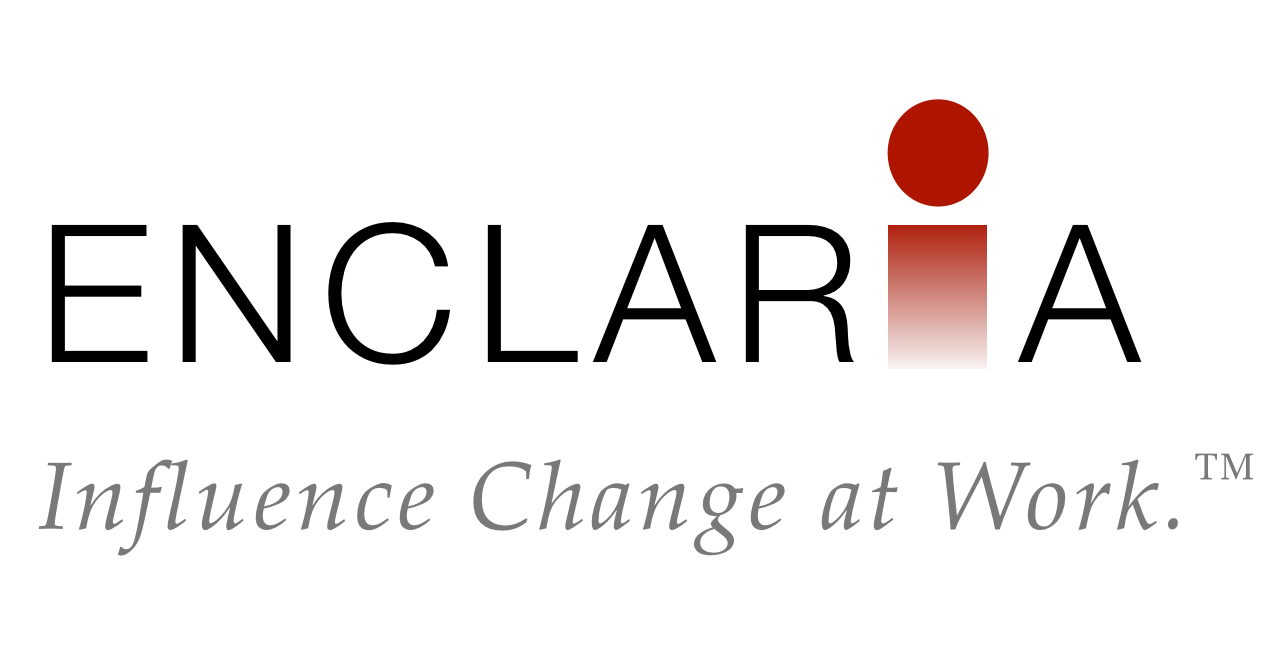Organizational change, or the change that happens at work, encompasses many different types of projects. While the general approach to influencing change is similar across projects, the specific details of how you implement each project will depend on what you’re trying to change. The first step towards customizing your change management approach is defining your change.
 To help you identify the type of change you’re implementing, here are ten examples of organizational change projects. Do you see yours on the list?
To help you identify the type of change you’re implementing, here are ten examples of organizational change projects. Do you see yours on the list?
Increasing Engagement
In order to improve results, a manufacturer sought to involve more people in developing and implementing creative solutions. They empowered those most affected by the problems to come up with solutions, and fostered a team-based process improvement approach.
Starting Up a New Product or Service
A non-profit organization developed a new way to engage volunteers. The change impacted how the organization worked with outside partners and with the community. Internally, they worked to adopt and integrate the new service into the organization.
Executing Strategy
Based on a recent history of poor results, a manufacturer defined a new strategy to turn around the financial performance of the company. With a new vision and a plan for how the organization would work together to achieve it, they rallied to help the company succeed.
Moving Locations
An electric utility moved its employees from many disparate locations to one brand new central facility. While the move was meant to save on costs, they also wanted to improve collaboration and instill a one-team mentality.
Installing Systems
The HR and finance groups within a university installed a new software system to automate tasks and have better information for decisions. At the same time, they centralized their functions and standardized processes across dozens of departments.
Developing Teams
A department of strong individual contributors struggled to work together as a team. To end blame and bickering, they came together to find their common goals, to discover each other’s strengths and personalities, and to learn how to communicate effectively.
Adopting a Process Framework
An airline adopted Lean Six Sigma concepts to increase agility and reduce waste across the operation. Employees applied new ways of working that ran counter to what is considered the “normal†way of doing things. (Agile software development would be another example of a process framework.)
Reorganizing and Redefining Roles
To push decision-making authority closer to the customer, a restaurant chain modified its franchise management structure, redefining roles and responsibilities across its many locations.
Shifting Culture
After an industrial accident illuminated an insufficient focus on safety, a manufacturer installed state-of-the-art safety equipment and pursued a safety culture in which safe behaviors and decisions were made above all else.
Implementing a Change Management Approach
To ensure the desired results of changes were achieved, a large company implemented a deliberate and people-centric approach to change. They provided project managers with the tools to design and influence change, and equipped department managers to be leaders of change.
When you set out to implement change at work, it helps to be able to describe the change succinctly. What result are you trying to achieve, and what needs to change in order to accomplish it? Once you define the change, it becomes easier to communicate what you’re trying to do, and the path forward becomes more clear.
How would you describe your change project? Does it fit into one (or more) of these categories, or would you add another?
